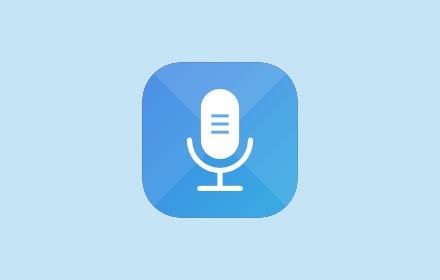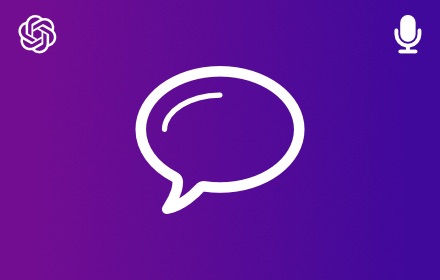Attention: the latest ChatGPT version wreaks havoc on Voice Control
An update has been released to fix the issue. Please reinstall to get the latest version of the extension.
Speech Recognition in Noisy Environments: Navigating Louder Realms
Speech recognition technology has made tremendous strides in interpreting human language, but the challenge of accurately transcribing and reacting to speech in noisy environments remains a significant hurdle. The ability of voice-enabled devices to understand commands, dictations, or questions irrespective of background clamor is crucial, not only for everyday convenience but also for industrial efficiency and emergency responsiveness. This article delves into the facets of speech recognition in noisy environments and how the latest advancements aim to surmount ambient noise and dialectal variations.
Unraveling the Complexity of Noise
Noise is an omnipresent factor that can impede the performance of speech recognition systems. From bustling city streets to busy household settings, these systems must distinguish the relevant signals from unrelated acoustic interference. The complexity of noise presents a twofold challenge: firstly, the variety of noise types, such as continuous hums versus sporadic, unpredictable sounds, and secondly, the intensity and frequency of these disturbances.
Early speech recognition systems were easily flustered by less than pristine audio conditions. However, contemporary technologies incorporate sophisticated algorithms and neural networks that are trained on vast datasets, enabling them to filter and focus on the human voice. This is accomplished through processes such as noise cancellation, where the technology identifies and subtracts background sounds, and beamforming microphones that spatially isolate the speaker's voice.
Enhancing Speech Recognition in Noisy Environments
One of the forefront tactics in strengthening speech recognition in noisy environments is through machine learning. Modern systems are exposed to myriad voice samples with varying background noises during their training phase, which allows them to become better at predicting and understanding speech in similar real-world scenarios. Coupled with the perpetual improvements in computing power and cloud-based data analysis, the accuracy of voice recognition continues to climb even amid the din.
Moreover, advances in signal processing algorithms contribute significantly to noise mitigation. Features like dynamic range compression allow these systems to maintain a consistent audio level by automatically adjusting the gain for soft and loud sounds, thus improving clarity. Acoustic models and language models are continuously updated and refined to grasp the nuances of human speech, include diverse accents, and adapt to different speech patterns.
Overcoming Dialects and Accents
Addressing the intricacies of accents and dialects is integral to enhancing speech recognition in noisy environments. Diverse accents can be as challenging as background noise because they introduce variations in pronunciation, intonation, and rhythm that deviate from the 'standard' speech models that the system is trained on. Developers are responding to this challenge by broadening their training databases to include a multitude of accents.
A key approach is the deployment of accent-agnostic algorithms which aim to generalize the recognition process across different speech patterns. These systems are designed to tune into the phonetic structure of speech rather than relying solely on a predefined accent. Consequently, this increases the versatility of speech recognition systems, allowing them to serve users from various linguistic backgrounds more efficiently, even when the signal is compromised by noise.
In conclusion, speech recognition in noisy environments is a highly active field with game-changing potential in numerous applications. Through advanced noise reduction techniques, deeper learning from diverse linguistic data, and improved processing power, speech recognition technology is poised to become significantly more robust and reliable. As these systems evolve to conquer the cacophony of the world's noise and the wealth of human accents, our interactions with technology become more seamless, inclusive, and accessible across the board.
Subscribe to our newsletter
Subscribe to our newsletter for tips, exciting benefits, and product updates from the team behind Voice Control!
Other projects from the team

Talkio AI
The ultimate language training app for the browser that uses AI technology to help you improve your oral language skills.

VoiceType
Simple, Secure Web Dictation. VoiceType brings the convenience of voice-to-text technology directly to your browser, allowing you to input text on any website using just your voice.

Voice Control for Gemini
Expand the voice features of Google Gemini with read aloud and keyboard shortcuts for the built-in voice recognition.